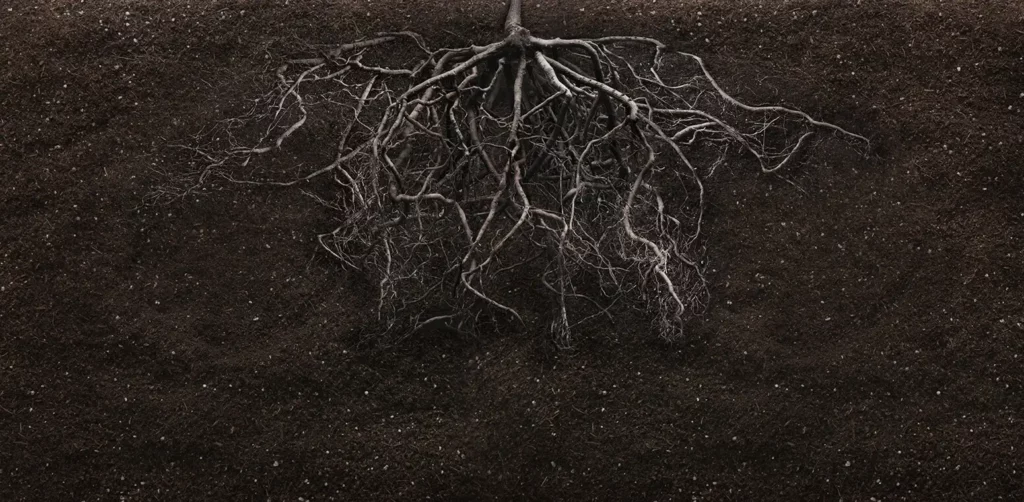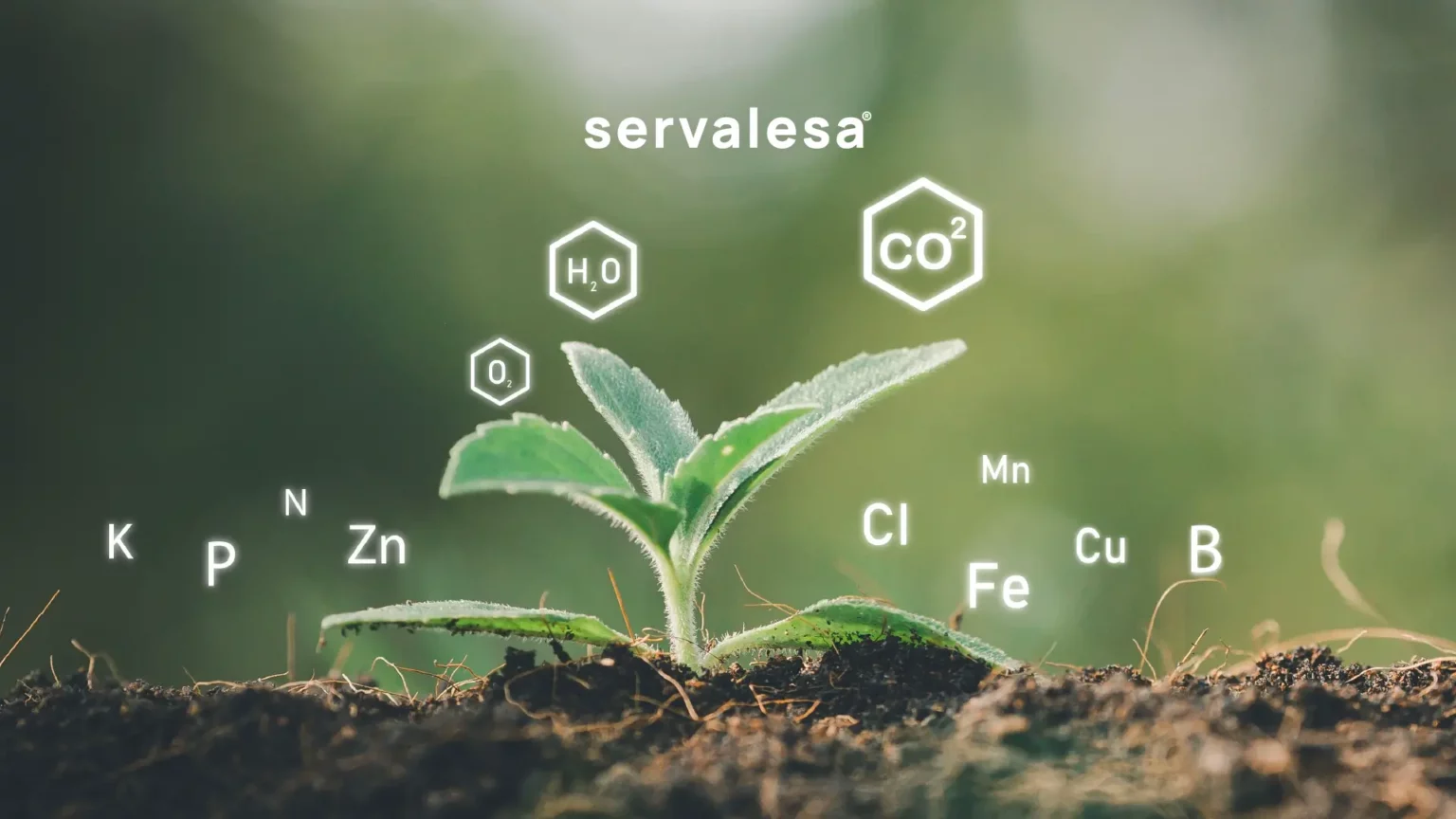In the following post Pedro Pons, head of the technical department of Servalesa, talks about microbiology in agriculture and in particular, the importance it has for soils, specifically in citrus farming.
REDEFINING SOIL'S SIGNIFICANCE
Justus von Liebig, in the mid-19th century, backed by his three laws (the law of the minimum, the law of diminishing returns and the law of nutrition by solubility), changed the course of agriculture by proposing inorganic compounds as fertilisers, ignoring the importance of organic matter and the functions of soil microbiota, but laying the foundations for the subsequent Green Revolution, which enshrined the use of chemical fertilisers, pesticides and herbicides to obtain huge yields to appease world hunger. Liebig, on the eve of his death, lucid according to witnesses and heroic from a historical perspective, wrote:
“I have sinned against wisdom. I believed, in my obsession, that a link in the amazing chain of laws that governs and constantly renews life on the surface of the Earth had been forgotten. It seemed to me that this oversight should be remedied by the fragile and insignificant human being”
Now we know, once reductionist and simplistic models have been discarded as unproductive, that life in the soil is self-regulating and self-organising, adopting a reticular structure where each of its nodes tends to assert itself without jeopardising the health of the ecosystem. The greater the complexity, the lesser the vulnerability. The forest is exemplary. In its soil, various genera of fungi and bacteria proliferate and coexist: Trichoderma, Azotobacter, Glomus, Bacillus and Pseudomonas, to give some examples, together with Armillaria, Fusarium, Phytopthora and Verticillium; these include atmospheric nitrogen fixers, phosphorus and potassium solubilisers, and pathogens or biological control agents.
Relationships are formed: symbiosis, parasitism, predation, mutualism. Competition for space, for nutrients, sometimes dominates. But in any case, abusive behaviour under the deep guise of cooperation is restricted. Thus, the forest floor keeps changing in order to persist. In it, no one is idle, the whole microbiota weaves the web endlessly: energy, matter and information flow. Bypassing the pitfalls of the much-vaunted equilibrium (thermodynamic death), the forest floor, through harmony, perpetuates life.
We are witnessing a paradigm shift. Biológica Nature foresaw this thirty years ago. With morale in the doldrums, agriculture is presented with an opportunity to regenerate. At Servalesa, we are convinced that a healthy orchard becomes a forest again.
PEDRO PONS
Responsable técnico de Servalesa

Atmospheric nitrogen fixer based on Azotobacter chroococcum









